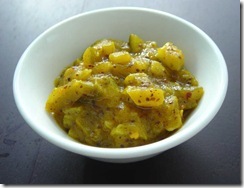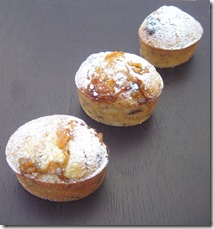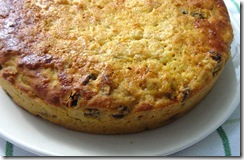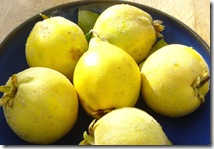Venison Pasta Sauce
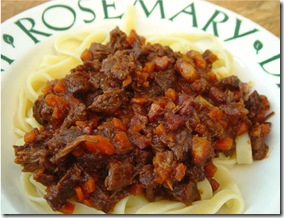
It's definitely the time of year for game and I felt like making something with venison. I also felt like eating pasta and so this is the result. A simple enough recipe that doesn't need a lot of effort, but it takes a while to make, especially since you need to put the venison into the marinade the day before. Marinade: 150 ml red wine 50 ml gin 30 ml blackberry vinegar 300 g venison – the sort sold for casseroles – cut into cubes of roughly 2.5 cm 1 small onion, finely chopped 1 carrot, finely chopped 70 g small pancetta or bacon chunks 3 tbsp tomato purée A generous pinch of sugar 2 sprigs of rosemary, tied up in muslin A squeeze of lemon Mix together the marinade ingredients and pour over the venison. Cover and leave in the fridge for 24 hours. When the time's up, drain the venison, reserving the marinade. Pat the venison dry with paper towel. Gently fry the onion and carrot in a little oil for 10 minutes without colouring. Add the pancett
